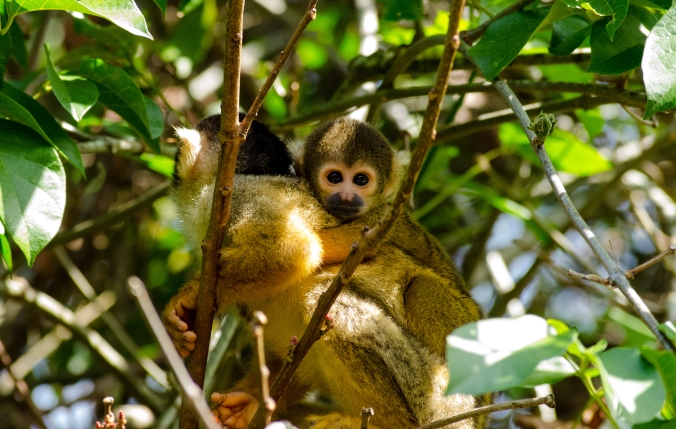
Meaning: fertile lowlands of the Amazon region (Quechua word)
‘En Las Pampas todo es posible, y nada es seguro’. ‘In the pampas, everything is possible, and nothing is certain’, says our guide Victor with a grin. It becomes his catchphrase over the next few days in the Bolivian Amazon as we sail up and down a river lined by dozing Caymans, dorky Capybaras and Sereres; birds that bark. For an Australian the Amazon seems like one of those rare places where the animals are as dangerous as our own, but I soon change my mind. We swim in piranha infested waters, get up close to cheeky yellow monkeys and wake up to the ominous roar of the howler monkeys at dawn. During the day we cover up so much with white shirts and scarfs wrapped around our heads that we look like a group of nuns floating down the river. Another group even does a double take as they pass us by but its all worth it to avoid the bloodthirsty mosquitos. One night, we get into the boat and go up the river trying to spot the red eyes of the Cayman in the water hunting. Victor tells us to turn off our torches and he cuts the motor. We drift in the pitch black underneath galaxies of stars listening to the sounds of the Amazon at night. Nobody says a word. Sitting in the dark with the current pushing us onwards we feel like part of the jungle instead of mere spectators. The next morning we try in vain to swim with the Amazonian pink dolphins. We catch only a glimpse of a snout and a few tail flicks before we have to leave this incredible place. In the pampas, everything is possible, and nothing is certain.
 Meaning: death
Meaning: death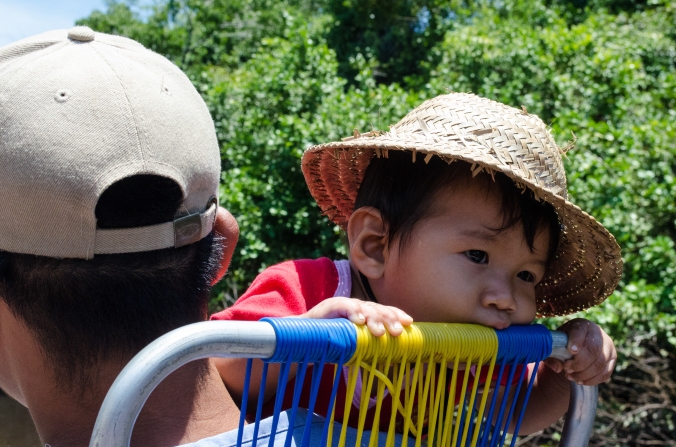
 Meaning: sky/heaven
Meaning: sky/heaven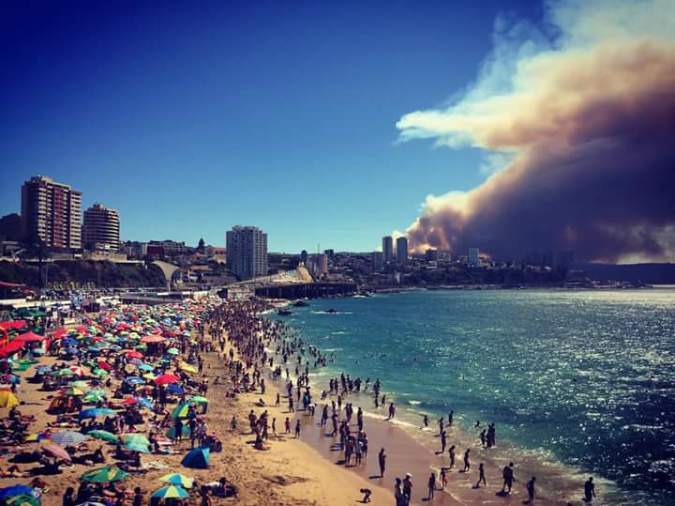
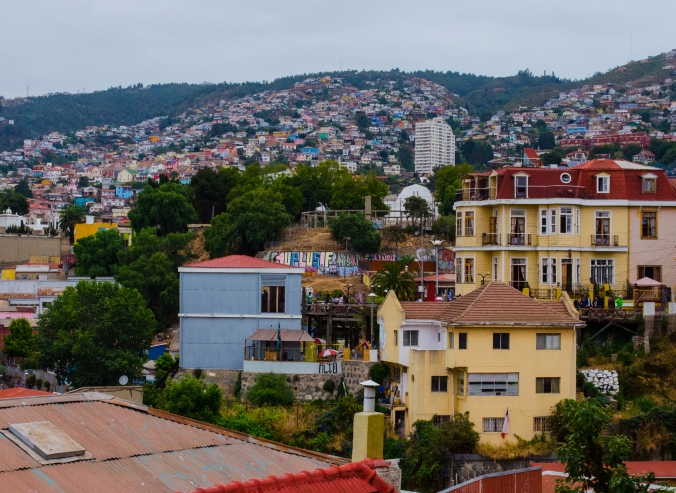
 Meaning: hail
Meaning: hail Meaning: earthquake
Meaning: earthquake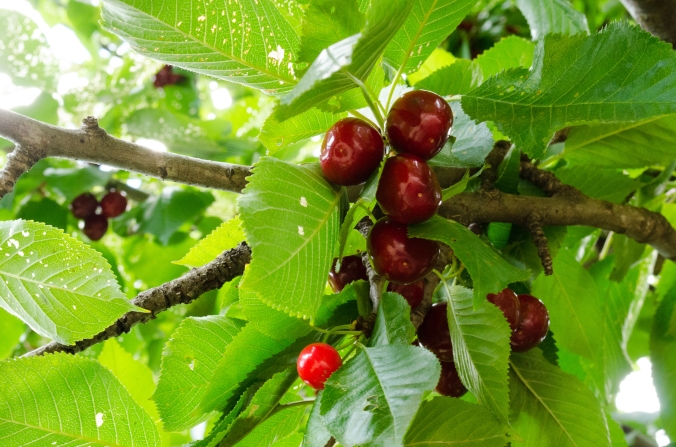 Meaning: humus – the dark organic material in soils, essential to the fertility of the earth.
Meaning: humus – the dark organic material in soils, essential to the fertility of the earth. Meaning: a small berry found on a spiky bush in Patagonia
Meaning: a small berry found on a spiky bush in Patagonia